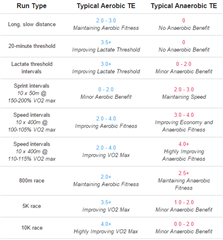Anybody else still having same issue. Both my wife and I have Epix 2 and built-in HR monitor is wildly off during activities, even just a regular run. There’s a massive delay in measurement and often heart rate is 40 to 50 beats lower than the chest strap. We both tried to wear watch tighter, looser, up the wrist, down the wrist, everything! Nothing! Interestingly, it records well when not doing an activity. So when I go for run without activating activity, heart rate shows 165 when running. As soon as I pick running activity, heart rate drops to 100. Makes no sense. Same in my wife’s. Is this software issue? Sensor issue? If yes, what’s the chance it happens to both our watches!



